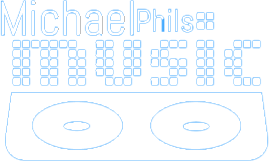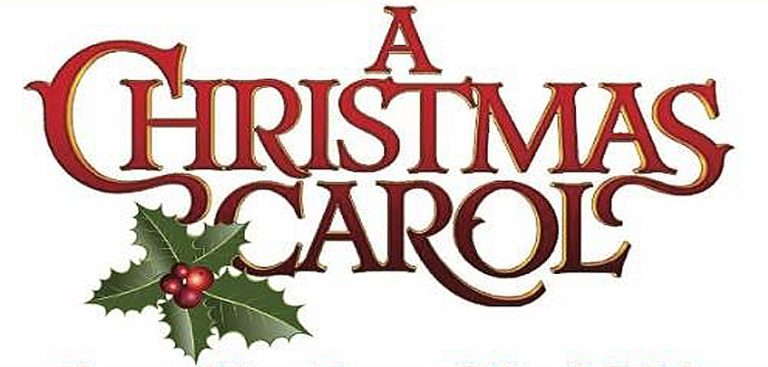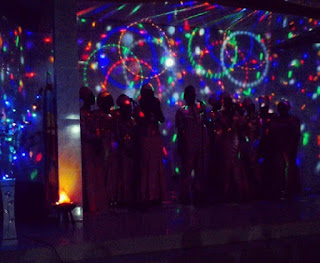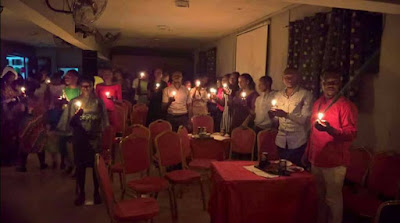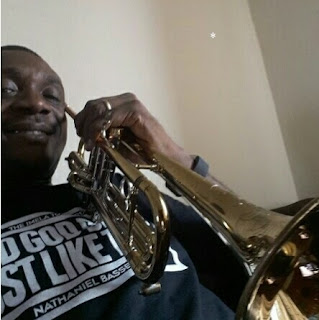This is the tonic solfa notation of All the heaven sing by Hillsong. It can be used as a carol night song.
solfa notation of All the heaven sing
m s l s s f m Holy, holy are You Lord
l t d s m d f m r The whole earth is filled with your glory
r s l s s f m Let the nations rise to give
l t d s r d m m Honor and praise to your name
d t l t l s Let your face shine on us
m s l s f m r and the world will know you live
s f m s t d l all the heavens shout your praise
d d d d d t Beautiful is our God
s t t r t d The Universe will sing
d t l s d d t d Hallelujah to you our king
While the shepherds watched their flocks by night
Oh come all ye faithful joyful and triumphant
All the heaven sing by Hillsong
Emmanuel (come let us adore him, kneel down before him) by Norman Hutchins
He alone is worthy by Alvin Slaughter
